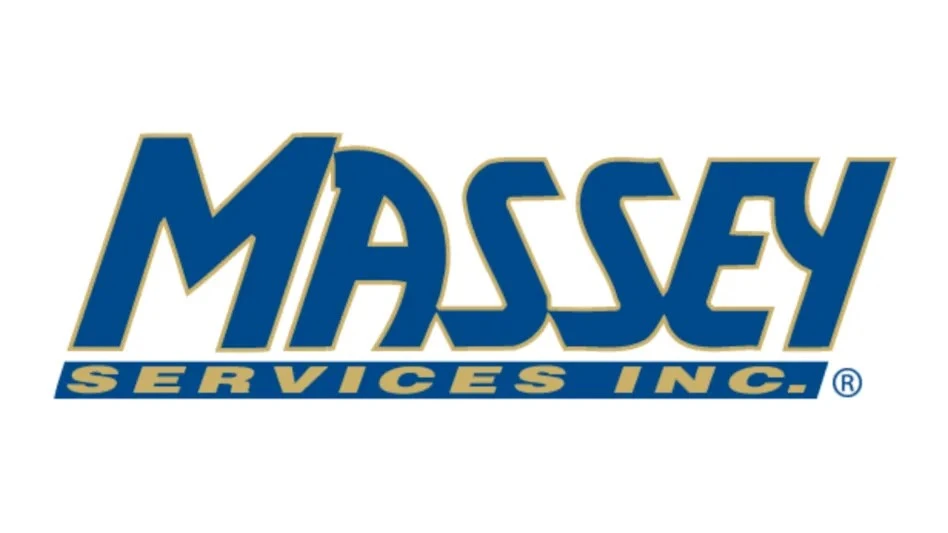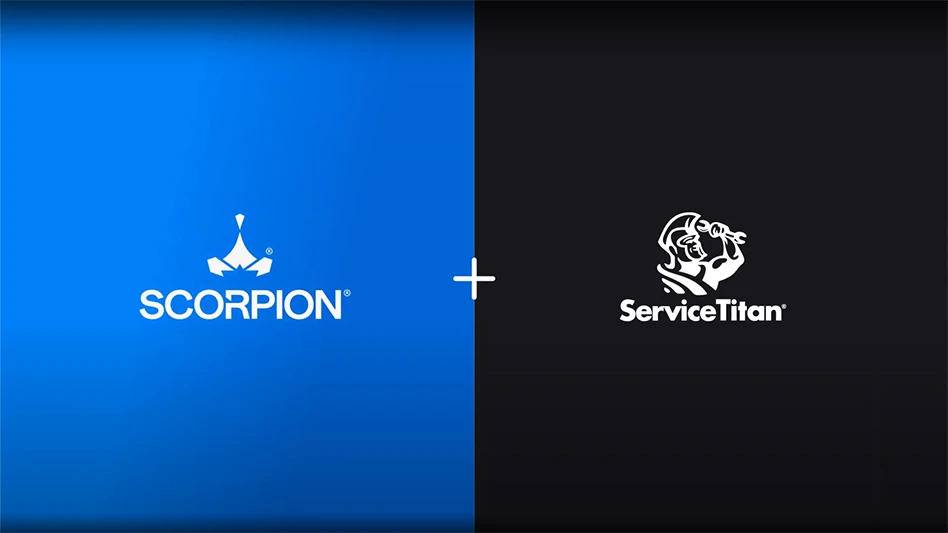When Claudine Plasman-Madawi and her employees got really busy one season, her technicians were working overtime, Saturdays — even Sundays — to keep up with the work. She knew she was asking a lot of them, and knew she had to show them how much she appreciated it.
So, she hired a cleaning service for one of her technicians, and an in-home salon service for another.
Plasman-Madawi, who owns Kona-based Hawaii Fumigation and Pest Control, said she doesn’t like the idea of marrying bonuses with a specific holiday or time period. She said date-based bonuses can cause complacency and foster a sense of entitlement in employees. Giving out bonuses based on production — and spreading them out across 12 months — keeps employees on their toes.
CASH ISN’T ALWAYS KING. Few employees would turn down a couple of crisp $20 bills (or even a $50) tucked in with their paycheck at the end of a hard week. But by taking a different approach, savvy PCOs can use that cash toward the same end and have much more impact.
“When you give them cash, you know where it’s going to go,” Plasman-Madawi said: bills, groceries or other incidentals.
BESPOKE BONUSES. The trick to giving bonuses with impact is figuring out what your employees would really appreciate, she said. It doesn’t require a deep knowledge of their personal lives; all it takes is a little listening and thought.
Giving a gift card for a dinner out to a married technician is different from giving one to a single guy, Plasman-Madawi said. And a male employee probably wouldn’t appreciate that home salon service as much as a female one.
“It’s just little things like that. They make a difference,” she said. “It’s just getting to know your employees. We don’t want them to feel like, ‘You’re a clock puncher.’”
TAKE A CRUISE. Jay Gunter Besheer, president of Gunter Pest Management, Kansas City, Mo., said he doesn’t have an exact formula for handing out bonuses to his employees. Technicians, though, do earn commissions for extra sales they make in the course of their routes. They accrue a percentage of each sale during the year, and get a lump-sum payout — which can be as much as $6,000 — at the end of the year.
“If they get it monthly, they tend to spend it,” Besheer said. “It’s like a forced savings account for them.”
And for every month during the company’s busy season (May to October) that employees show up each day on time, they get a half day of comp time they can use the other six months of the year. Or, they can take the extra time in cash.
Gunter, with 18 full-time technicians, does about $2 million a year in revenue, he said.
But probably the best reason to send your resume to Gunter is the cruises. Every five years or so, Besheer closes the office and takes all his employees on a cruise. So far, they’ve gone to Mexico and the Caribbean. (Some employees did choose to stay on land and work, and received about $500 each.)
All told, Besheer said, he spent about $60,000 on each cruise. He can write some of that off as a business expense, but said the outlay is worth it in the long run.
“We’re a successful company. I think the employees are the most important thing,” he said. “It all comes back to you with the loyalty of the employees and happy employees. Your employees are your greatest asset.”
SPEND MONEY TO SAVE MONEY. Besheer said the bonuses and perks he offers his employees translate into a high rate of retention. He loses one employee every four to five years, he said, and that’s usually because they are fired; they don’t quit. That means he doesn’t have to constantly spend a few thousand dollars training a new employee.
“I can’t remember the last time somebody just quit,” he said.
Plasman-Madawi said she has “fiercely loyal” employees who, in turn, take excellent care of her customers.
“Other PCOs say the customer comes first. Well, for me, as president, I don’t follow that. If I put my employees first, they’ll put my customers first,” she said.
She has two technicians who perform full-time general pest control, and have been with her company for 9 and 19 years, respectively. Her fumigation segment has more turnover, but employees last between six and seven years on average.
OTHER WAYS TO SHOW YOU CARE. Three times a year, Plasman-Madawi shuts the office down and takes everyone to a potluck picnic on the beach. Her employees bring their families, and still get paid for the day. She also stocks the office with Gatorade, washes her employees’ uniforms and contracts with a local gas station for a discount on bulk fuel purchases.
She said she can write much of it off come April 15.
“For me, it’s pretty much free,” she said. “Sometimes, time is also a bonus for people. If you can cut 20 minutes of chores out of their day, why not do it?
“Just get creative,” she said. Otherwise, “you’re almost asking for people to get complacent and have the expectation. You’re almost training people to expect that one thing.”
Plasman-Madawi’s company has eight employees, and she spends about $15,000 a year on bonuses — about 1.5 percent of her annual revenue. She said she gets asked constantly how she can afford what some might call extravagant bonuses.
“If my company is profitable, why not spread it around to the people who make it that way? Without my employees, I don’t know what I have,” she said. “You’re asking the wrong question. Don’t ask yourself what it will cost you. Ask yourself what your employees don’t cost you.”
The author is assistant editor of PCT magazine.
Small Things, Big Impact
You don’t have to take your employees on a cruise to show them you appreciate their hard work. Try some of these suggestions to reward your staff:
- Ask nearby gas stations if they’ll give you a discount. Then, let your employees fill up their personal vehicles and take out the charges from their paychecks. Even 10 cents a gallon goes a long way.
- Buy lunch for your office employees once a month. It doesn’t cost much, and is a welcome change from that old peanut butter sandwich in the fridge or on the truck.
- Consider perks like restaurant gift cards or family picnics. Keeping spouses happy is just as important as keeping employees happy.
Bonuses by the Numbers
When asked how she can afford to spend 15 percent of her revenue on bonuses, Claudine Plasman-Madawi gave this breakdown.
Let’s say for example that your initial net profit is $100,000 and you give no bonuses. The corporate tax liability is 15 percent on the first $50,000, 25 percent on the next $25,000 and 34 percent on the next $25,000 after that. As a result, you can expect to pay Uncle Sam a total of $22,250 on that $100,000 of net profit, which ultimately leaves you with $77,750 after the tax bill is paid.
But, if you give $15,000 in bonuses to employees, your tax liability will compute on the reduced profit of $85,000. Applying the same percentage rules, you can expect to pay $17,150 on that profit, which saves you $5,100 in tax liability.
This means that the $15,000 in bonuses actually costs you only $9,900. Once the tax bill and bonuses are paid, this would leave you with $67,850. You can either expend a total of $22,250 which will go to Uncle Sam 100 percent or you can expend an extra $9,900 for a total of $32,150 total knowing that just more than 46 percent of that total will go to your employees.

Explore the July 2008 Issue
Check out more from this issue and find your next story to read.
Latest from Pest Control Technology
- Rose Pest Solutions Becomes Official Pest Provider of Chicago Fire FC
- WSPMA Hosts Legislative Day at Washington State Capitol
- A-1 Pest Control Marks 59 years in Business
- Hawaii PCO Shares Regulatory Challenges, Business Impacts from Lahaina Wildfires
- 5 Tips for Reducing Waste in the Office and in the Field
- OvoControl Now Available in Chile
- Envu Announces Savings Programs for Pest Management Professionals
- Follow the Trail





